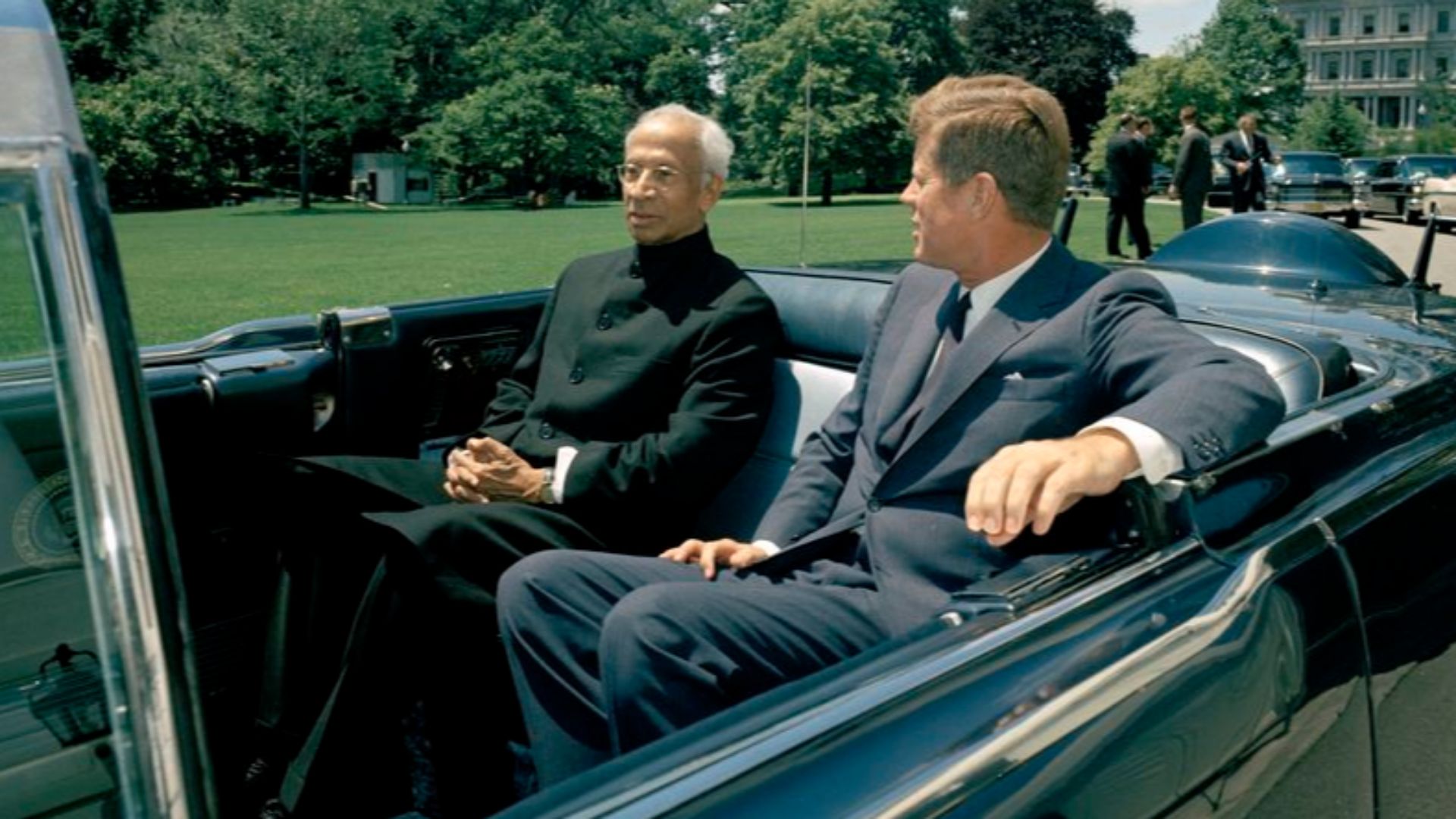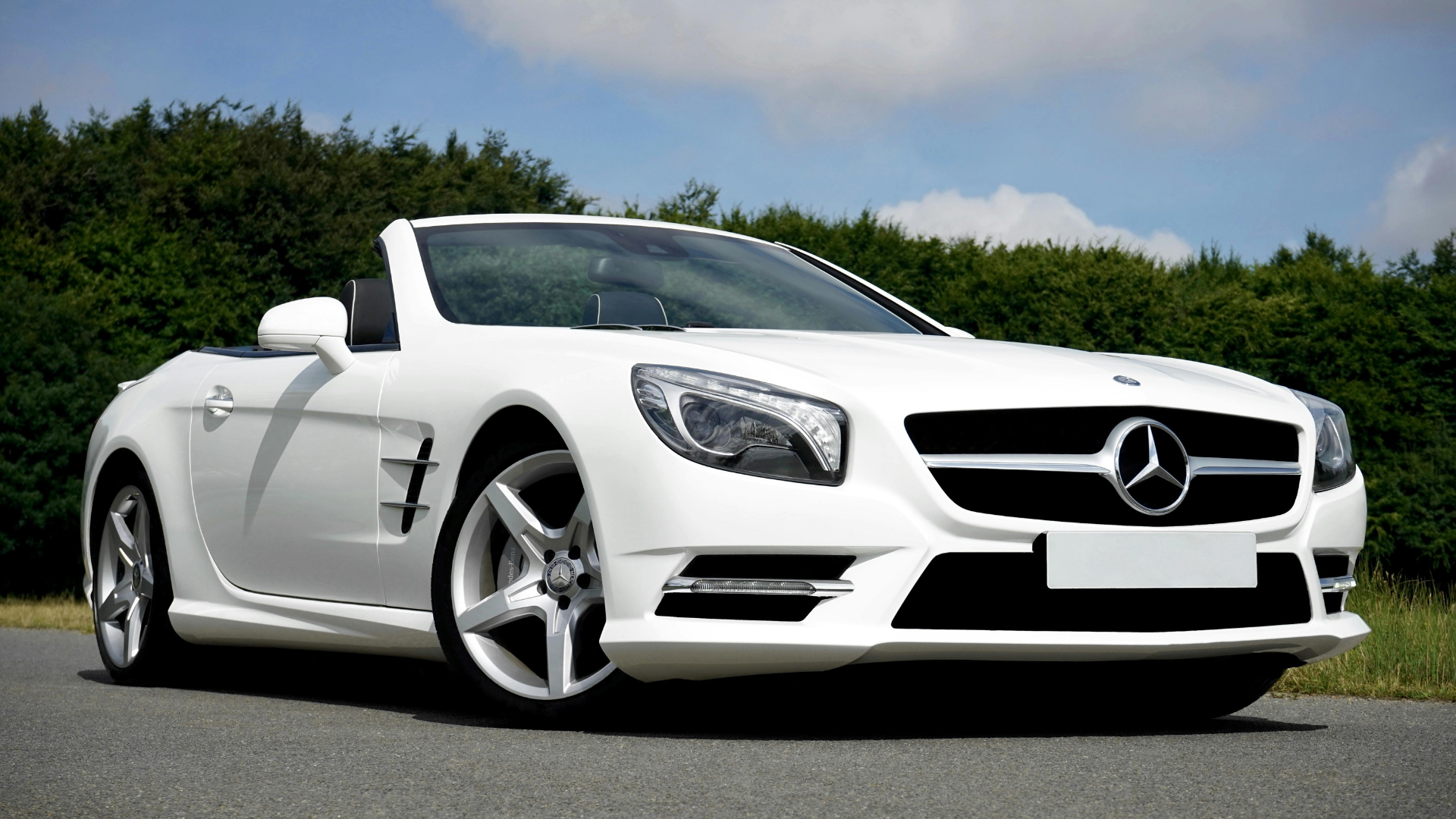When Looks Beat Horsepower
There's something beautiful about a car that looks quick. The trouble starts when that look isn't backed by the expected performance. Across the decades, automakers released flashy sports cars that struggled to move with purpose. Here, we round up 20 of the biggest culprits.
1. 1984 Pontiac Fiero
When a revolutionary layout meets lackluster engineering, you get the Fiero. This was GM's first mid-engine production car, stuffed with an underperforming 92-horsepower four-cylinder. Built with commuter-grade components, it was no corner-carver. Still, the Fiero paved the way for later experiments like the EV1.
 Greg Gjerdingen from Willmar, USA on Wikimedia
Greg Gjerdingen from Willmar, USA on Wikimedia
2. Porsche 914/4
A Porsche in name but a VW in soul, its 1.7-liter engine managed just 80 horsepower, dragging the 914/4 past 60 mph in over 13 seconds. Though some fans called it "the slow Porsche," others swapped in 911 engines in hopes of restoring the badge's lost bite.
 Handelsgeselschaft on Wikimedia
Handelsgeselschaft on Wikimedia
3. Chevrolet Corvette C3 'California' (1980)
Detuned for emissions, California's Corvette was a looker with a leashed engine. A 305 V8 mated to a 3-speed auto meant it fell far short of its muscle-bound siblings. This was one of the slowest Corvettes ever sold to the American public.
4. Ferrari 208 GTB
Taxes, not tech, held back this Ferrari. Its 2.0-liter V8 wasn't built to thrill, but to sneak under Italy's punishing displacement tax. With a 0–60 time of 8.5 seconds, the 208 GTB stood as one of the brand's most reluctant performers.
5. Porsche 912
Outselling the 911 at launch, the 912 lured buyers with balance and affordability. But its flat-four engine offered just 90 horsepower, which meant more patience than pace. A favorite among purists today, the 912’s strength lies in reliability, not throttle response.
6. BMW Z3 1.9
Iconic from its Bond cameo, the base Z3 came with a modest 1.9-liter engine. That meant 0–60 in a forgettable 8.3 seconds. The numbers indicated a budget cruiser, but the handling gave drivers something to smile about—briefly.
7. Triumph TR7
Everything can go wrong when strikes meet quality issues and a sluggish 105-horsepower engine. The TR7 promised futuristic wedge styling but delivered yawn-worthy acceleration. Produced at British Leyland's troubled Speke plant, the car became infamous for unreliability before it was ever fast enough to matter.
8. Alfa Romeo Spider (Series 3)
Don't expect urgency from this beauty. With its 2.0-liter engine and 115 horsepower, the Series 3 Spider meandered through traffic rather than dart through it. U.S. models were weighed down by emissions controls and safety bumpers too. Still, it remains a darling for Sunday drives.
9. Fiat X1/9
Mid-engine layout, five-speed gearbox, crisp Italian handling, and still no speed. The X1/9's 85-horsepower 1.5-liter engine couldn't outrun most family wagons. Designed by Bertone and built for balance, it offered thrills in corners only. Even with targa-top flair, freeway merges were borderline embarrassing.
10. MG MGB
Torque felt optional here. With 95 horsepower and a 0–60 time north of 13 seconds, the MGB put the "leisure" in leisure driving. To make matters worse, later models gained rubber bumpers and emissions bloat. While wildly successful commercially, it served more as an affordable style statement than a sprinter.
11. Ford Mustang II
88 horsepower is far from muscle. The Mustang II's entry-level engine shrunk expectations and performance alike. Developed during the oil crisis, its priorities shifted to fuel efficiency and cost-cutting. Some trims couldn't even outrun a Pinto despite wearing the same badge that once roared down drag strips.
12. Opel GT
The Opel GT turned heads with Corvette looks but delivered Beetle-level pull. Its 1.9-liter four-cylinder made 102 horsepower, and its top speed barely kissed 110 mph. Though aerodynamic, it lacked urgency. Headlight rotation was manual, and acceleration was gentle.
13. Jensen-Healey
140 horsepower sounded promising until reliability challenges like vapor lock, warped heads, and electrical woes stepped in. The Jensen-Healey—part British finesse, part Lotus drama—never delivered a consistent pace. Owners who weren't stranded still clocked 0–60 in nearly 10 seconds, and its reputation stalled in no time.
14. Bricklin SV-1
Gullwing doors flared open like a supercar, but the experience stopped there. Despite a Ford-sourced V8 making up to 220 horsepower, the SV-1's hefty frame neutered acceleration. Canada's answer to automotive innovation left the building pretty quickly. No racing legacy. Just weight and bold intentions.
15. Ferrari Mondial 8
Ferrari's least urgent offering debuted with 214 horsepower and a hefty body, reaching 60 mph in nearly 10 seconds. Critics dubbed it the "slowest Ferrari ever sold." Marketed toward families, it was the first Ferrari with four seats and Bosch fuel injection as standard.
 Greg Gjerdingen from Willmar, USA on Wikimedia
Greg Gjerdingen from Willmar, USA on Wikimedia
16. Toyota GT86 / Subaru BRZ
Low center of gravity and near-perfect weight distribution—yet 0–60 still takes 7.0–7.4 seconds. The GT86 and BRZ twins frustrated some with their modest 200-horsepower output. Drivers seeking upgrades often turn to supercharger kits, highlighting how enthusiast demand outpaced factory performance from day one.
17. DeLorean DMC-12
Stainless steel shimmered in the sun but the 130-horsepower PRV V6 beneath couldn’t keep up with the design. Built in Belfast and aimed at dreamers, the DMC-12 slogged to 60 in over 10 seconds. Cool doors don’t mean performance, and here’s the proof.
18. MG Midget (1979)
By 1979, the once-spritely Midget crawled with a 65-horsepower engine strangled by U.S. emissions mandates. Tacked-on bumpers added weight, not speed, and its final year marked the end of British Leyland's U.S. roadster era, as tighter regulations rendered further imports unprofitable and uncompetitive.
19. AC Ace
Before the Shelby Cobra, there was the Ace—graceful, light, and surprisingly slow. Early models used a Bristol inline-six with just over 100 horsepower. While praised for balance, it clocked 0–60 in over 10 seconds. Cobra conversions later doubled output and reshaped AC’s legacy.
20. Smart Roadster
The Smart Roadster delivered 80 horsepower through an uncooperative automated manual gearbox. Its 0–60 time was a glacial 10.5 seconds. Despite low-speed shortcomings, it met strict European emissions goals, showing how regulations shaped every design decision under Daimler's ownership.

























